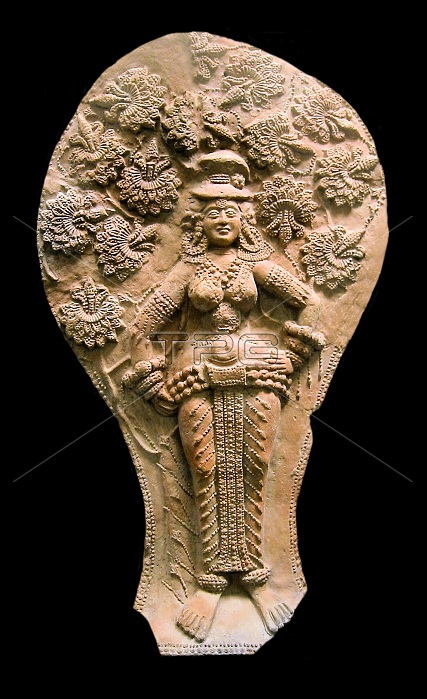
The Sunga Empire or Shunga Empire was a royal Indian dynasty from Magadha that controlled vast areas of the Indian Subcontinent from around 185 to 73 BCE. The dynasty was established by Pusyamitra Sunga, after the fall of the Maurya Empire. Its capital was Pataliputra, but later emperors such as Bhagabhadra also held court at Vidisha, modern Besnagar in Eastern Malwa.
Pushyamitra Sunga ruled for 36 years and was succeeded by his son Agnimitra. There were ten Sunga rulers. The empire is noted for its numerous wars with both foreign and indigenous powers. They fought battles with the Kalingas, Satavahanas, the Indo-Greeks, and possibly the Panchalas and Mathuras.
Art, education, philosophy, and other forms of learning flowered during this period including small terracotta images, larger stone sculptures, and architectural monuments such as the chaitya at Bhaja Caves, the Stupa at Bharhut, and the renowned Great Stupa at Sanchi. The Sunga rulers helped to establish the tradition of royal sponsorship of learning and art. The script used by the empire was a variant of Brahmi and was used to write the Sanskrit language.
The Sunga Empire played an imperative role in patronizing Indian culture at a time when some of the most important developments in Hindu thought were taking place. Patanjali`s Yoga Sutras and Mahabhasya were composed in this period. Panini composed the first Sanskrit grammarian Ashtadayai during the reign of the Sunga dynasty. Artistry also progressed with the rise of the Mathura school of art. Thereafter, there was a downfall of the dynasty and Kanvas succeeded around 73 BCE.
| px | px | dpi | = | cm | x | cm | = | MB |
Details
Creative#:
TPG32690876
Source:
達志影像
Authorization Type:
RF
Release Information:
須由TPG 完整授權
Model Release:
No
Property Release:
No
Right to Privacy:
No
Same folder images:

 Loading
Loading